Last Updated on July 28, 2021

The
Arrow interviews Jeff Most
Producer Jeff Most has been with THE
CROW franchise since the beginning. In fact he is the Godfather of
the films where he’s the one that got them off the ground to have
them take flight. With the release of the more recent CROW sequel
WICKED PRAYER
(hitting DVD shelves on July 19 2005), I got the chance to
yap it up with Mr. Most about the film, his creative input within
the franchise and The Crow’s future. Here’s how it went down!
What’s your favorite
horror movie?
Well, I have a few
favorites: THE EXORCIST, A CLOCKWORK ORANGE, PSYCHO, ALIEN and
FRANKENSTEIN.
After Salvation went
straight to video (the first Crow film to land there); did you have
another The Crow in you right off the bat or did you for a moment
think: “I’m done”?
A theatrical release is
what you shoot for, but I know we can still reach a lot of fans
through DVD. A theatrical release doesn’t mean the film’s good and
a DVD release mean there’s something wrong with the film.
Sometimes, it’s just a business decision about how the studio will
make the most from the film, with the least amount of risk. I’ve
always got ideas and the bottom line is I love to make films. As
long as it feels right I’ll keep trying.
I never thought, “I’m
done”. I’ve always felt that if people liked what we were doing with
the franchise, that we should try and do more with it. Since
SALVATION breathed new life into the franchise by veering away from
the story elements that tied THE CROW and THE CROW: CITY OF ANGELS
together, I wanted to dive into uncharted territory and try another
anthology approach for a sequel.
You were more hands on
with Wicked Prayer than the other Crow films where you have a
screenwriting credit on it. What was it about the Wicked Prayer
concept that stimulated you?
I’ve always been very
“hand’s on” with the franchise. It may seem more so this time due to
my writing credit. With THE CROW, I came up with many of the touch
stone character and story element changes that were necessary to
adapt James O’Barr’s graphic novel to the screen. John Shirley then
incorporated the themes and character traits into his screenplay.
For example, I came up with the idea that a Crow returns from the
grave with few memories of the events that lead to his death. That
way, The Crow bird, acting as the hand of God, could take him to the
place of his and his loved one’s death to obtain clues pertinent to
his journey of retribution.
I gave The Crow the power
to touch things to receive flashbacks of empirical information in
search of the truth. I added to The Crow’s character design by
creating an Achilles heal, so that if the bird were injured, so too,
would the man. I gave The Crow the power to see what the bird sees.
I also set the film against Devil’s night and came up with the
Villain’s Real Estate scam to clear tenants from their homes. I
also made Eric Draven a guitarist, since he didn’t have a job in the
graphic novel. A good producer wears many hats including generating
story ideas, as well as creating and developing material with
writers. I’ve always enjoyed the writing and development process a
lot.
There were challenges
with WICKED PRAYER that sparked my interest and got me more invested
in the writing process. This was because Lance and I co-wrote six
different treatments trying to faithfully adapt WICKED PRAYER from
the novel by Norman Partridge. We built a great rapport while doing
so. We had to change many elements in Partridge’s story during the
writing process. We found that the story and characters lacked
dramatic tension and the conflict necessary for the screen. We
sparked off each other and created our own original villains, story
lines and themes. When Lance asked if I would co-write the
screenplay with him, I jumped at the chance.
Would you say that
the finished film follows the script closely or were there a lot of
changes from page to screen?
The finished film does
follow our final draft closely. Lance and I felt strongly about many
elements of our script and virtually all of them are in the finished
film. Some ideas were tweaked and improved by Sean Hood, who came
on at the end of the writing process, and polished and streamlined
our vision.
What would you say was
your biggest obstacle in terms of this particular shoot?
We wanted to break away
from the previous films in terms of storytelling, locale and tone,
but at the same time we wanted to respect the loyal fans and bring
them along with us on the journey. We wanted to go deeper
thematically with this one. It was important for us to find the
right manner by which to express the differences while still
maintaining a link to the previous films in the franchise. Every
character in the film, except for the love interest, Lily, wants to
be someone they’re not.
It’s a world in which
everyone is evolving, trying to shake off the past and reinvent
themselves. It was essential to us to try and capture the essence
of these characters and this slightly off base world through the
tremendously gifted cast we as well as the visual elements on
display in the film. We also knew that we were taking some risks
incorporating certain elements like some odd characters and some
oddly humorous character turns. We wanted to keep the film tonally
balanced and cohesive. Meshing all the themes and disparate
character elements was a real challenge.

What was it about
Edward Furlong that made him ideal as the next Crow in your opinion?
Eddie has an “Everyman”
quality that made him the ideal choice to be Jimmy Cuervo. We wrote
the role of The Crow with Eddie in mind. He’s a great actor who can
create believability and take the audience right along with him.
The role of Jimmy Cuervo is the first Crow who isn’t an innocent
victim. In fact, he has a history of violence and is scorned by
just about everyone. He can’t wait to escape his small desert town
and leave with the love of his life, once his parole is over and
he’s free to go. Eddie was able to make the pain and suffering of
his character seem incredibly real. There are a lot of sides to
Jimmy Cuervo and, other than Eddie, I don’t believe there are many
actors who could have pulled it all off.
One of the highlights
for me in terms of Wicked Prayer was David Boreanaz’ solid
performance as Crash. Was he your first choice for the role and how
would you describe him on set?
David was our first
choice for Luc Crash. In fact, we never considered anyone else for
the role. We needed someone with David’s strength to be a leader who
could demonstrate conviction amongst his gang. We also needed an
actor who could reinvent himself on screen and assume the mantle of
another much darker character when absorbed by the devil.
On set, David was an
incredibly inspiring presence. He’s funny, entertaining and a
seriously dedicated performer. He’s immensely focused and
professional and, when it was time to relax, a great prankster who
left us all in hysterics from his practical jokes. He and Eddie
Furlong, together, set the tone on the set and raised the bar for
the rest of the cast and crew. They gave of themselves day and night
on a grueling shoot and yet were incredibly uplifting, funny and
cool to hang out with.
I have to ask, was the
Dennis Hopper Ebonics marathon scripted that way or did that come up
on the spot and Dennis ran with it?
All of Dennis Hopper’s
Hip-Hop street lingo dialogue was scripted. None of his lines were
ad-libbed, or arrived at on the spot. Dennis plays El Nino, a
Satanic Cholo-Pimp. When we wrote those lines, we were trying to
reinforce the idea that everyone in this world is pretending to be
someone they’re not.
I loved Jamie
Christopherson’s score for Wicked Prayer. Do you know if it will
ever be available for purchase?
I totally agree with you
about Jamie’s score. I’m very proud to have had the opportunity to
work with Jamie at this point in his career. I believe he will
become a star composer thanks to the effort he made on behalf of the
film, which is his first feature. And yes, we intend to have his
score album commercially released through Koch Records. Koch
Records also released THE CROW: SALVATION Soundtrack album, and the
Marco Beltrami Score album from the film.
Are you planning on
another Crow sequel? If so, is it time for a “Female Crow” to
happen?
So far, there are no firm
plans for a sequel. Since I’m making RAZOR, it doesn’t really spark
my interest to make a female Crow, right now.
There’s a lot of
talk on the Web about an existing and complete City of Angels
Director’s Cut. Is that a fact and will we ever get to see it?
I haven’t heard of
anything being in the works.
What’s next for you?
Any other projects cooking on the grill?
As I said, I’m producing
the feature film version of Everette Hartsoe’s RAZOR comic book
series. The film, about a great street-wise heroine, will be
directed by the award winning, young director Zeyad (Z) Alhusaini.
Excluding the
original, what is your favorite The Crow film?
It’s like asking which of
your children do you like the most? I can say that I really liked
the challenges on THE CROW: WICKED PRAYER. We took risks on WICKED
PRAYER, which reminded me of the creative energy that surrounded the
first Crow.

Click on Luc Crash and buy the Wicked
Prayer DVD
I’d like to thank Jeff
for popping up on the site. I for one love The Crow franchise, even
when flawed I still get something out of every sequel. All that to
say; KEEP MAKING THEM! I’LL KEEP WATCHING!
READ ARROW’S REVIEW OF WICKED PRAYER HERE


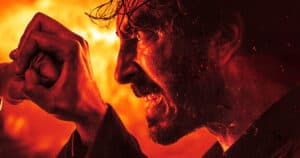
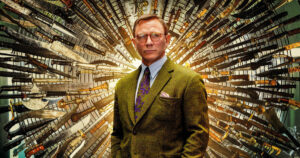

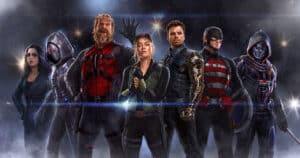
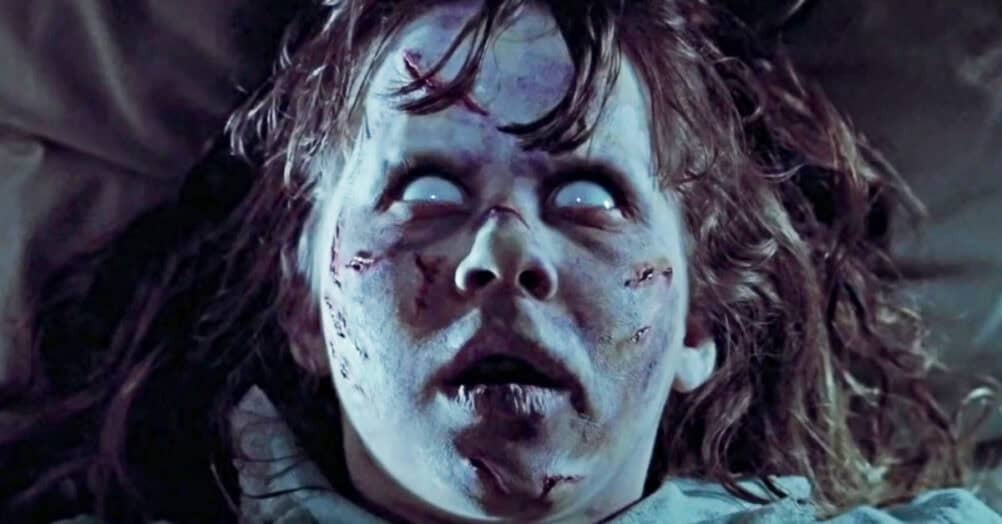
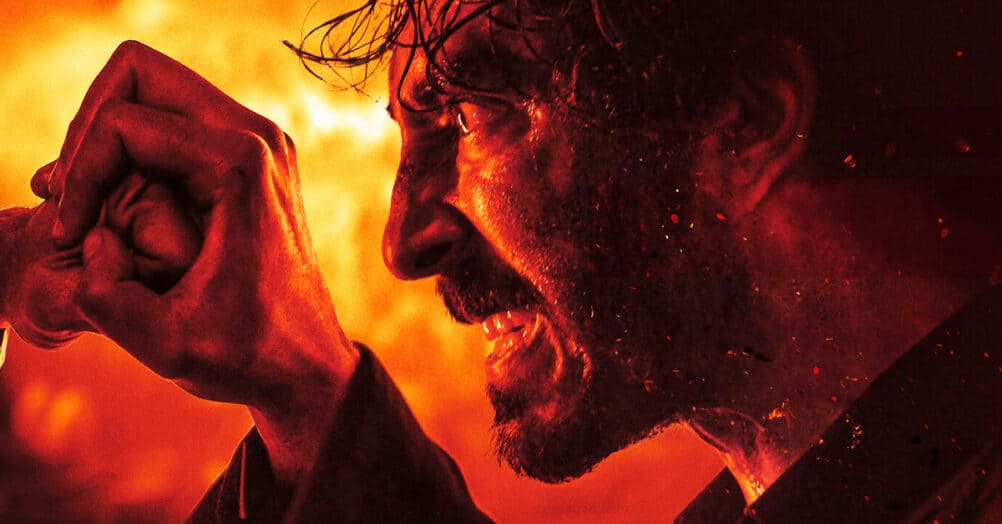

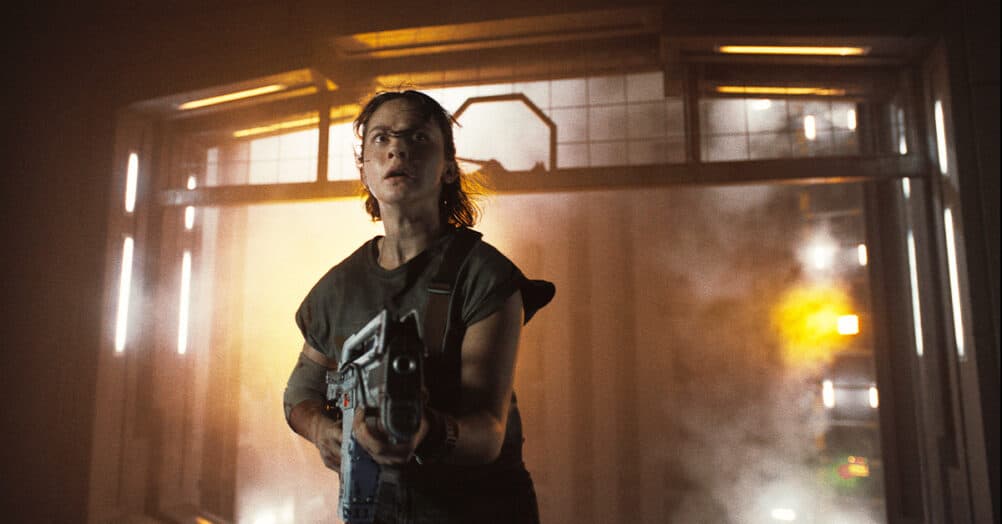
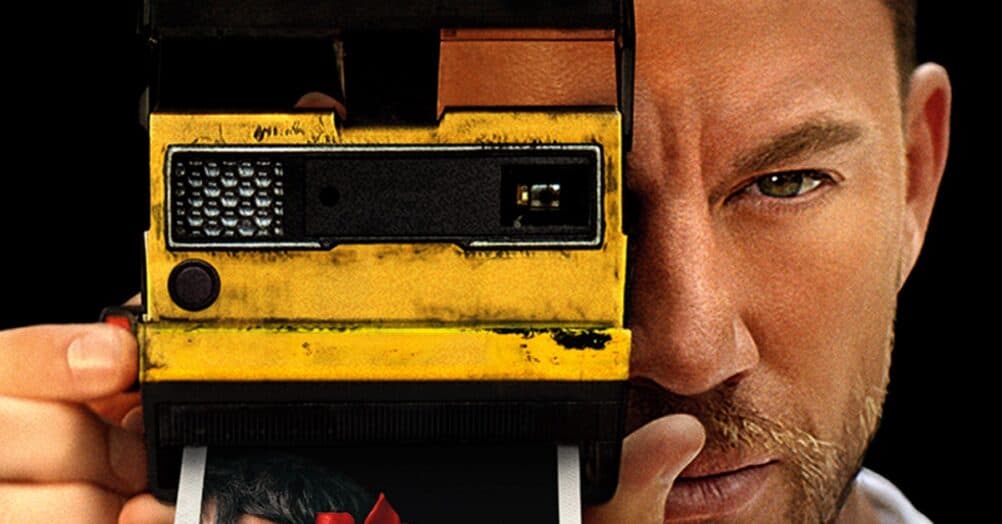
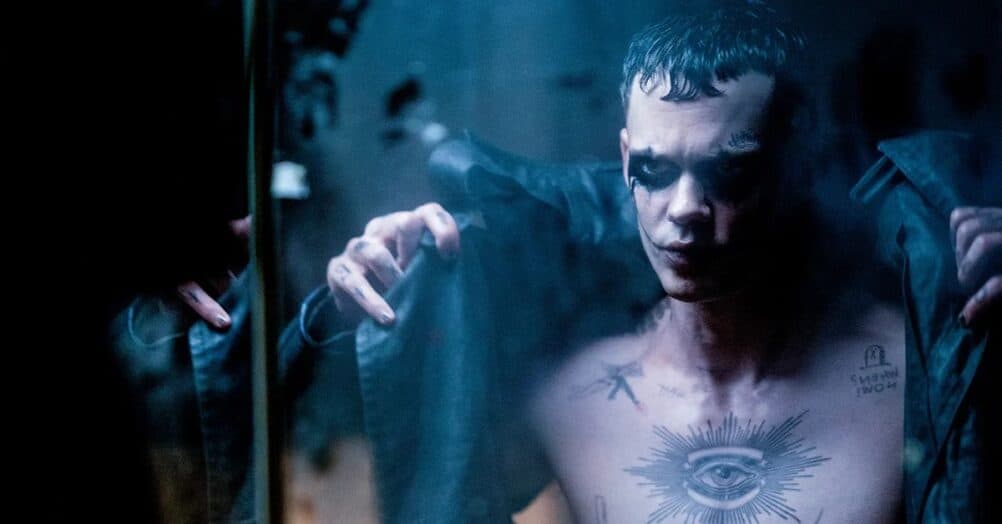
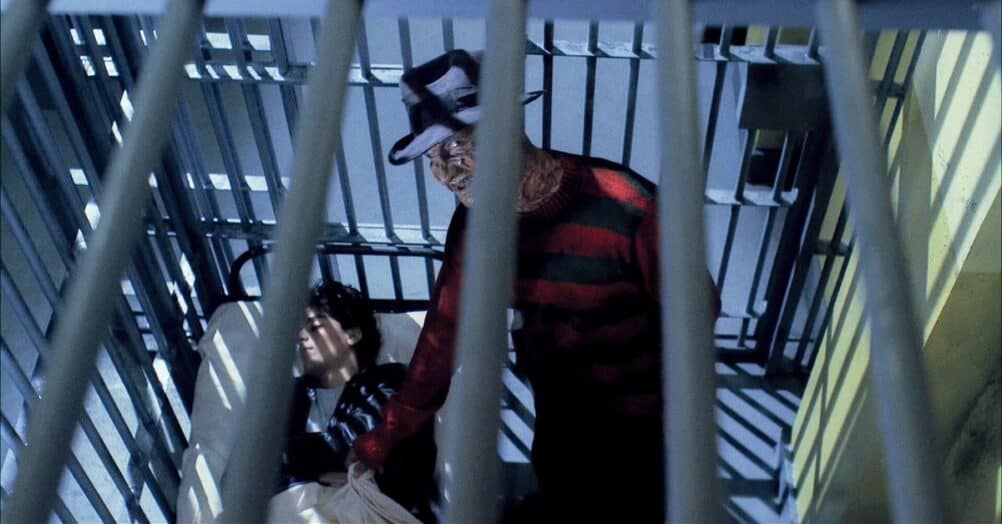
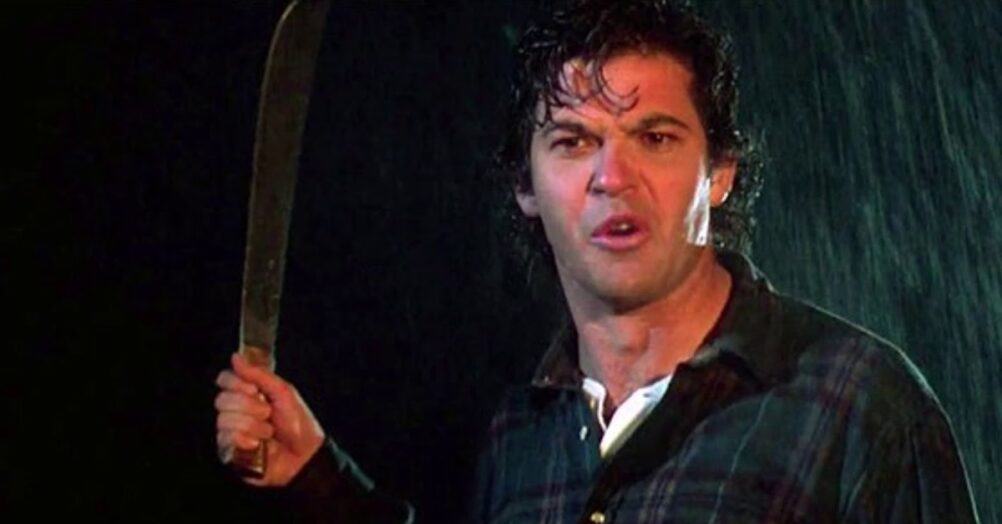
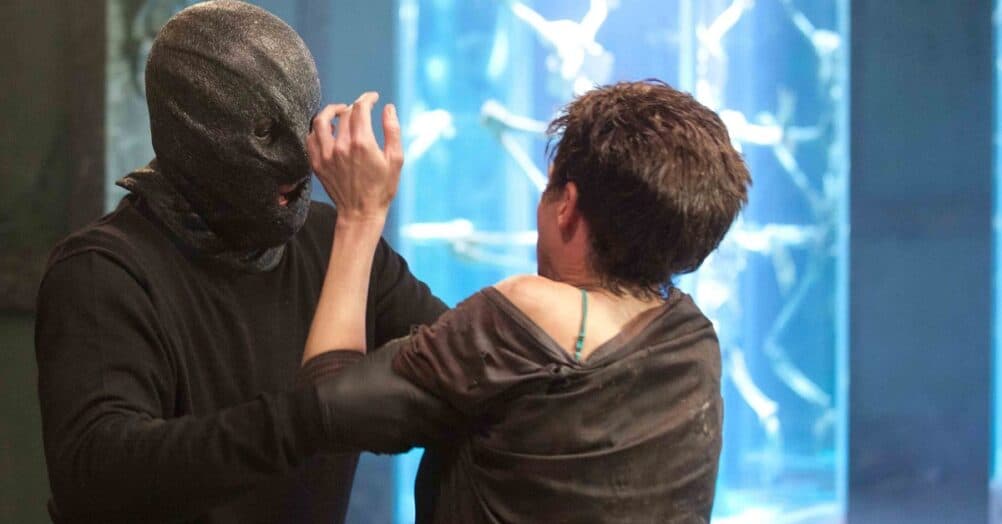
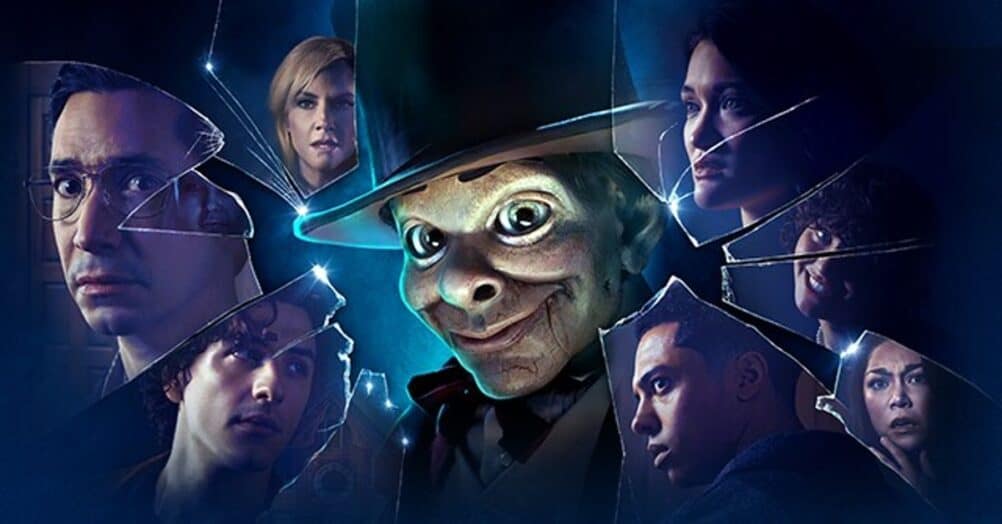
Follow the JOBLO MOVIE NETWORK
Follow us on YOUTUBE
Follow ARROW IN THE HEAD
Follow AITH on YOUTUBE